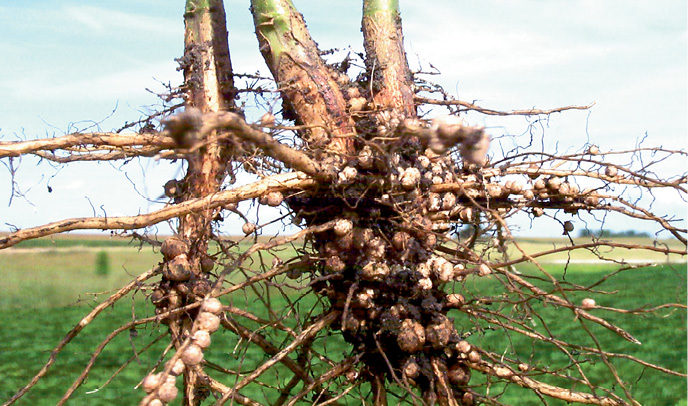No-Till Farmer
Get full access NOW to the most comprehensive, powerful and easy-to-use online resource for no-tillage practices. Just one good idea will pay for your subscription hundreds of times over.

First commercialized in 1898, nitrogen-fixing inoculants are the oldest crop input product still on the market today.
But is being the oldest crop input an indication it’s time to set this input aside for newer, better technology? Not a chance, says Garry Hnatowich, Novozymes Biologicals senior research agronomist.
“Inoculants really didn’t change much for 100 years, but in the last 10, we’ve seen an evolution thanks to scientific advancements in areas such as molecular biology,” Hnatowich says.
Improvements have been seen in strain selection for better nitrogen fixation, improved survival through fermentation processes, better carrier mediums and more.
“I’ve tested every product out there and they’re all good,” says Ed Winkle, Ohio no-tiller and owner of HyMark Consulting. “The main thing Grandpa taught me was to inoculate legumes. Since the USDA introduced a new strain of inoculants in 1994, they enhance the soybean even more.
“Anybody who doesn’t inoculate is losing 2 to 3 bushels per acre.”
Even with improvements, however, producers may not be able to initially see the payout for inoculation.
Yield response from inoculation amounts to barely a blip on the yield monitor most years and almost never nears double digits. That may cause no-tillers to think inoculants don’t pay. But, according to university data, the profits can add up, especially over more than one growing season.
North Dakota State University reports an average increase of 2.7 bushels per acre from 6 years of inoculation product evaluations. Yearly averages range from a 0.5-bushel loss to…